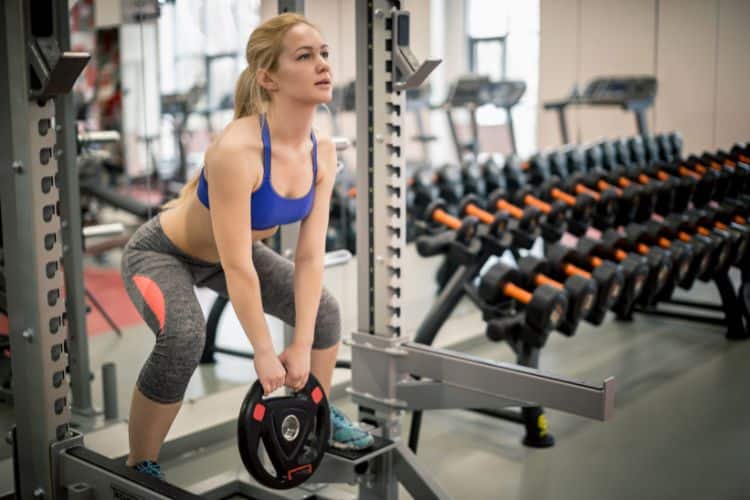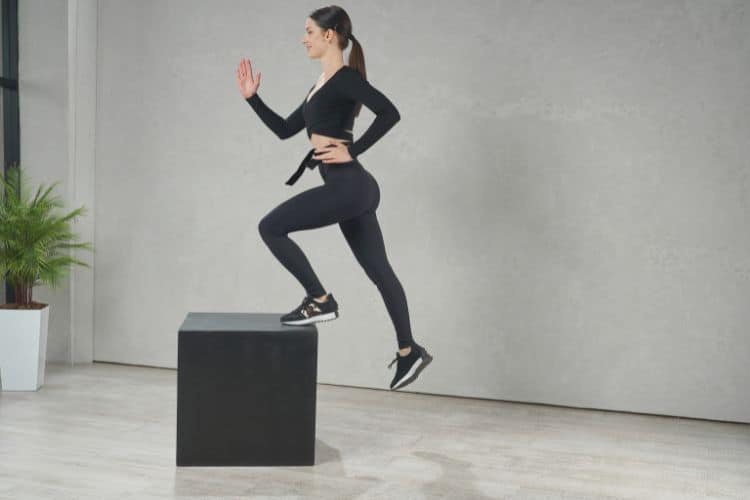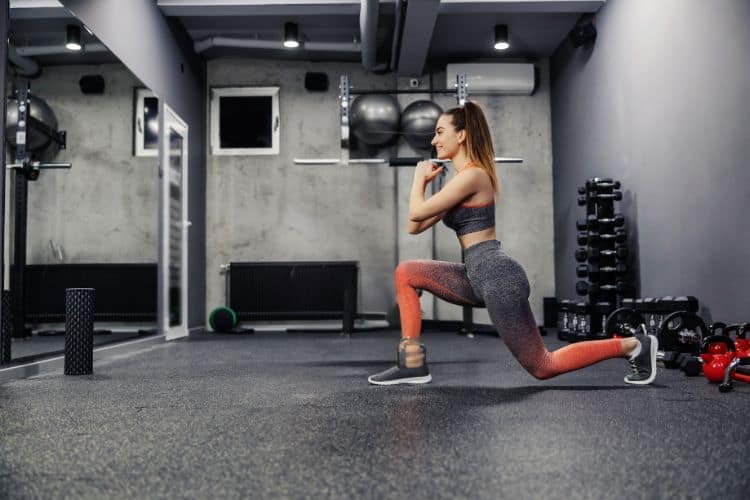Sign up for workout ideas, training advice, reviews of the latest gear and more.






As women, we constantly juggle multiple roles; mother, wife, entrepreneur, sister, caregiver, and more. Amid this constant swirl of responsibilities, it’s crucial to prioritize our health and well-being. Engaging in physical fitness is a powerful way to invest in ourselves and lay a foundation for a life that is as dynamic and vibrant as we are.
Physical fitness is not just about the pursuit of a ‘perfect’ body; it’s about developing strength, endurance, flexibility, and most importantly, about maintaining a state of health and wellness that empowers us to live our lives to the fullest. It’s about nurturing our bodies, and through that process, nurturing our minds and spirits too.
Exercise can often seem like another item on our long list of tasks. However, it’s much more than that. Regular physical activity helps reduce the risk of developing chronic diseases such as obesity, type 2 diabetes, and heart disease. It boosts mental health by reducing symptoms of depression and anxiety, improves sleep, and enhances cognitive function, providing a clear and focused mind.
For women, especially, maintaining physical fitness can help regulate hormonal imbalances, manage symptoms of PMS and menopause, increase bone density (thereby reducing the risk of osteoporosis), and improve body composition, which has a direct impact on self-esteem and body image.
Every woman’s fitness journey will be unique. It should reflect individual goals, preferences, and lifestyle. Physical fitness should be tailored to every stage of our lives, because our bodies’ needs and capabilities change over time.
Young Adulthood: In our twenties and thirties, we can focus on high-intensity workouts to build muscle mass, increase cardiovascular fitness, and establish a strong fitness foundation. This might include running, high-intensity interval training (HIIT), or weightlifting.
Midlife: In our forties and fifties, the focus may shift towards maintaining muscle mass and flexibility, incorporating strength training, yoga, pilates, or other forms of functional fitness.
Later Years: Beyond our sixties, the emphasis should be on sustaining mobility, balance, and overall functionality. Low-impact activities like swimming, walking, or gentle yoga can be highly beneficial.
Physical fitness is not a one-size-fits-all concept. It’s essential to choose activities you enjoy, making it more likely for you to stick with them. Here are a few elements to consider while designing a fitness routine:
Cardiovascular Fitness: Incorporate exercises that increase your heart rate and improve your body’s ability to deliver oxygen to your muscles. This could be anything from brisk walking, swimming, or cycling to high-intensity workouts.
Strength Training: Regular resistance training helps build muscle, boosts metabolism, and improves body composition. This doesn’t mean you need to lift heavy weights at a gym – bodyweight exercises, resistance bands, or household items can be equally effective.
Flexibility and Balance: These are crucial for overall body function and preventing injuries. Yoga, tai chi, or simple stretching routines can greatly enhance flexibility and balance.
Rest and Recovery: Allow your body ample time to recover from exercise to prevent burnout or injury. Prioritizing quality sleep, proper nutrition, and practicing mindfulness can aid recovery.
While physical fitness requires commitment and discipline, it should not become a source of stress. Here are a few strategies to seamlessly integrate fitness into your lifestyle:
Set Realistic Goals: Start small and gradually increase intensity and duration of workouts. This creates a sustainable fitness journey rather than an overwhelming task.
Find Your Tribe: Engaging in physical activity can be a social event. Join a gym, enroll in a dance class, or form a walking group with friends. The support and camaraderie can make the process much more enjoyable.
Listen to Your Body: Respect your body’s limitations and adapt your fitness routine to how you feel. Some days, a brisk walk might be enough. Remember, every step towards fitness counts.
Consistency is Key: You may not see changes overnight, but consistency will yield results. Remember, physical fitness is a lifelong journey, not a race.
Embracing physical fitness can transform your life in countless ways. It’s an investment in your health and well-being that can empower you to conquer every challenge and enjoy every moment of your life. Ladies, it’s time to lace up those trainers and embark on this exciting journey towards strength, resilience, and joy.
Stay up to date on the latest women’s health, fitness and lifestyle trends and tips.